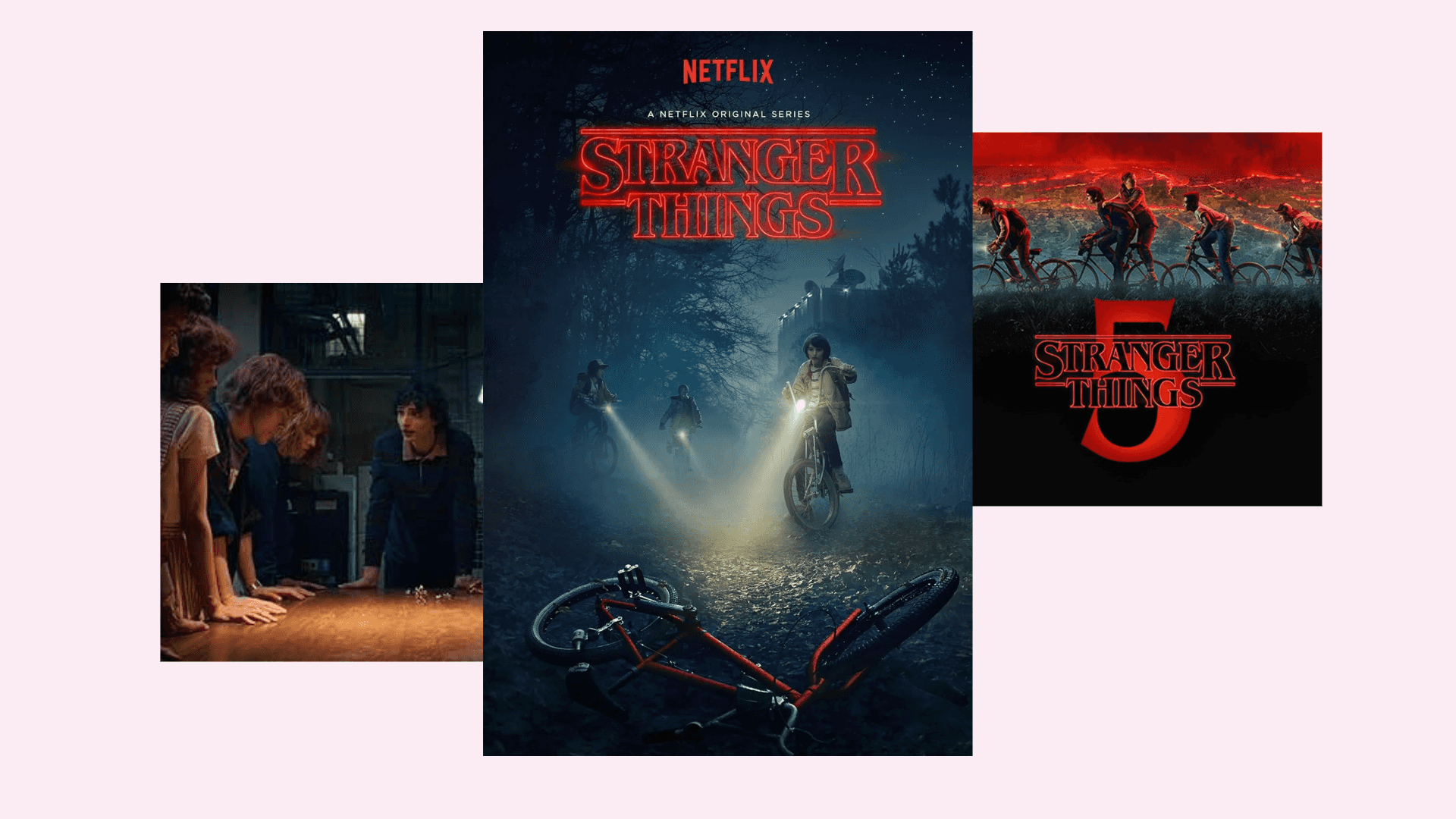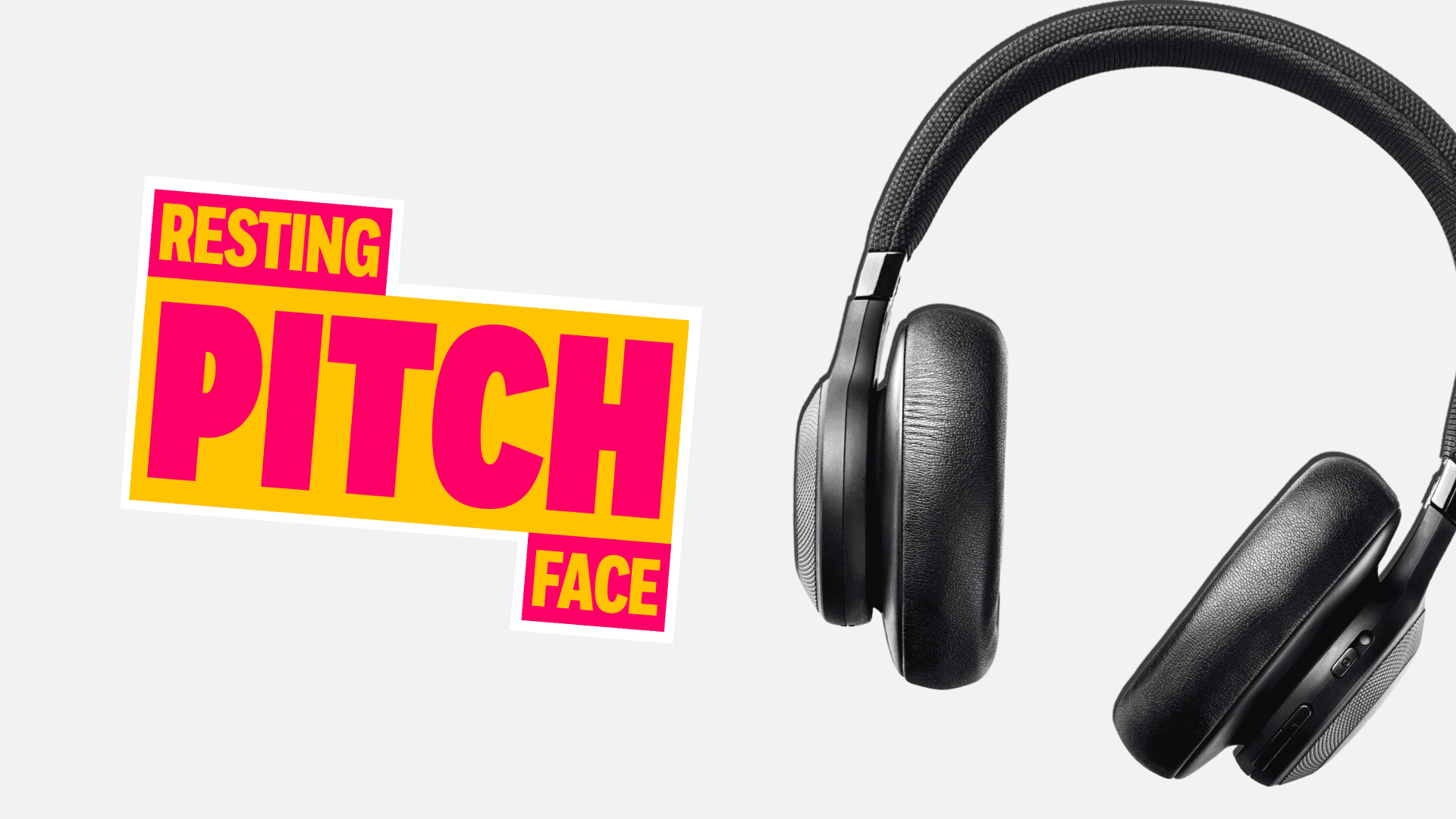
Effective Brainstorming: A beginners guide
Written by Hannah
Ahhhh brainstorming. We love a good brainstorm, but I think we’ve all been in one that goes round and round in circles and doesn’t seem to do what we were hoping for it to do. In this blog we cover the starting point of any good brainstorm, who to invite, and some of our favourite approaches.
Where to start…
Breakdown
No don’t actually break down, it’s ok, we’re going to help… Break down the client brief. Giving the information in digestible chunks will ensure you stay on track, meeting the objectives in your brainstorm and getting the best outcome.
Research
Do some of your own. Client briefs often come with a presumption that you know everything there is to know about them and their problem. Sometimes they miss out on some of the finer detail that might be good insight for new ideas. The more background information you can give to the team the better.
Examples
If you are able to give visual or tangible examples of similar projects, inspirational campaigns, or competitor brands – these can be used as a kickstart for people’s imagination and get their creative juices flowing.
Who?
It’s not always the more people invited, the better chance of a successful outcome. The key is actually a diverse team.
Interests – the ways in which people spend their time outside of work are so vast, from pretty generic hobbies like watching films or walks in the countryside to more niche interests, like ultimate frisbee for example. Making sure we invite people with a range of interests will result in a great variety of informed ideas.
Ages – everyone from the apprentice to the CEO. Having people of all ages and levels of seniority will make sure no stone is left unturned, no idea is too small or big and will guarantee a good range of solutions.
Cultures – our heritage, upbringing, and background make us individual, influencing our views, experiences, and opinions of the world we all live in. Making sure you have people from different backgrounds within your brainstorms is so important, it will ensure all ideas are inclusive, appropriate and speak to a diverse audience.
Teams – bringing people in from different teams means you have a good range of skills, knowledge and ways of thinking therefore resulting in some differing thoughts and concepts.
What should the approach be?
There are a number of different ways in which you can run a brainstorm session. It’s all about trial and error but the main thing is to be playful – see what works for the individual brief, the specific client, and or the group of people you’re working with. Our top three approaches below:
Crazy 8’s
Traditionally a design-specific idea generation technique, but this can be applied to any brainstorm where a specific question or objective has been identified. Every person folds a piece of paper into 8 sections. With eight minutes on the clock, all team members should sketch out eight different ideas based on their initial thoughts. If people are not confident sketching, they can write a tagline for the idea which explains it in no more than a sentence. This approach helps to creative juices flowing and with the time constraint allows people to think impulsively and come up with some really random ideas, which, let’s face it, are sometimes the best!
Brainwriting
This is a non-verbal brainstorming method and it works really nicely for bigger groups of people, where some might take a bit of warming up. Each person writes three ideas that relate to the topic of the brainstorm, then passes them on to the next person who will then build on the ideas. The pieces of paper are passed on until they make it around the room, then the group discusses and decides which ideas are best to pursue. This approach ensures everyone has the opportunity to contribute and makes sure the first idea or the most common idea isn’t the only focus.
Characterisation
This approach is best for larger groups. Once the brief or problem is given to the group they will be split into smaller groups. Each group will be given a card with a character on it. The character will have been given an identity (age, job, hobbies etc). The organiser of the brainstorm can set a question for groups to answer – What would “X” do?! How would “X” experience this campaign? What are the benefits of this campaign to “X”? This approach encourages the group to generate ideas through their characters’ eyes. The person on the card could be a person who is within the target audience, a stakeholder, or a celebrity (if we’re hoping for some really fun ideas)
Tips
Props – if the brainstorm is about a product have that product there
Scene – get out of the office to change the scene
Time – make sure people have an idea of the brief or the topic ahead of time
Ideas – there’s no such thing as a bad one and everyone of them matters
If you’re ever stumped when it comes to reeling off ideas for a new marketing campaign, thinking about creating something fresh and new may be where you’re going wrong. Instead, take a look into the past and see what you can bring back to life! Need a hand? Get in touch with us.





